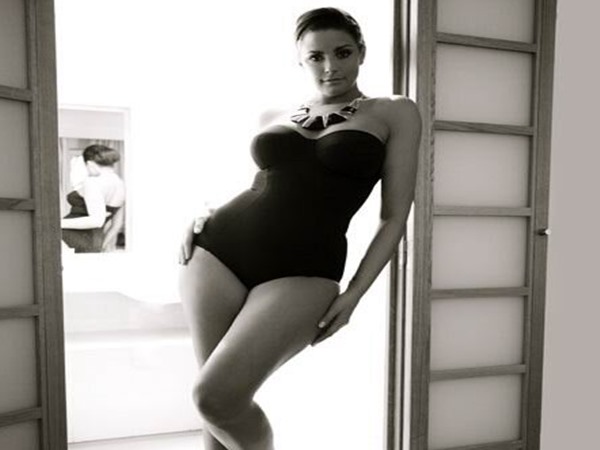Abby Valdes, Robyn Lawley and Crystal Renn are currently unknown to the public but a new fashion trend could see them become household names.
Plus-size modeling is a relatively new industry but some of its models are starting to receive more recognition than their slimmer counterparts.
RD Consultant and Nutritional Scientist, Martina Cartwright, thinks plus-size models are a “true reflection of the feminine shape: curvy, round and soft”.
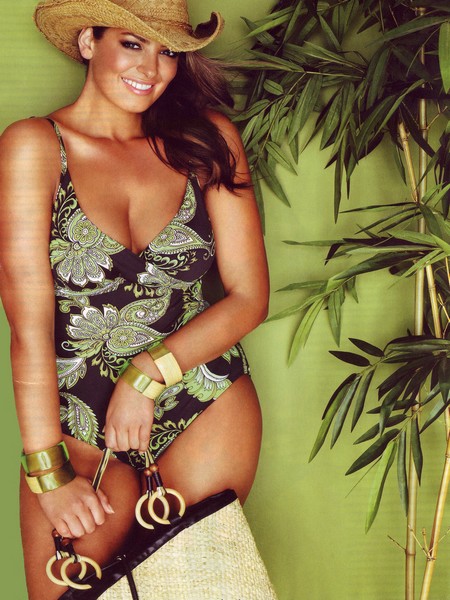
“I think it is wonderful that these models are gaining positive attention as they represent a more realistic body shape and size, in stark contrast to the micro models,” she says.
According to the Director of Bella Model Management, Chelsea Bonner, the trend really started four or five years ago, during the economic crisis.
At the time, the fashion industry had to find a way to sell differently because they weren’t making as much money.
So they started listening to what customers really wanted: diversity and models that are a representative of the general population.
“Roughly 67 per cent of consumers are considered plus sized (over size 10)”, explains Bonner.
“Ignoring 67 per cent of the spending community just doesn’t make any financial sense at all”.
“They have customers who want to buy their products on their actual size. I say they lose money if they don’t cater to them,” adds plus-size model, Abby Valdes.
Plus-size models – between size 12 and 16 – reflect the size and shape of most Australian girls.
The average Australian girl is size 12 yet this is seen as a plus-size in the fashion industry.
However, in clothing stores, plus-size clothing starts at size 14. This is a difference that needs to be noted as it fails to reflect the size and shape of typical Australian girls.
Brands like Simone Pérèle, specialising in French lingerie, are looking for plus-size models to enhance their products.
However, it is still a small step.
“Less than 2 per cent of fashion models worldwide are over a size 10 at the moment but it is a growing niche” says Bonner.
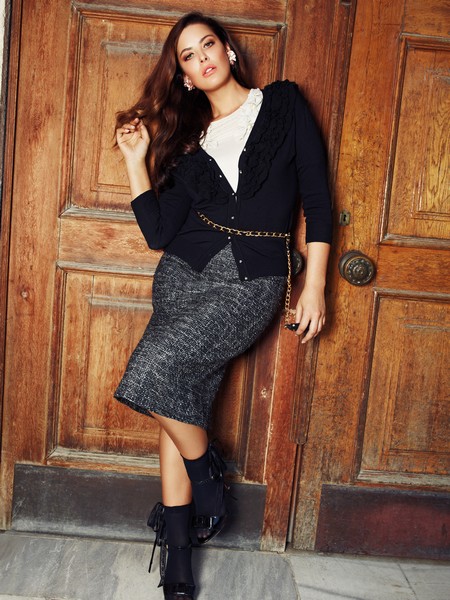
“I started in the plus model industry 22 years ago and there were only three plus models in the entire country back then.”
“We now have around 60 models and four full time staff to coordinate them for shoots all over the world, so we are getting there,” she says.
For Valdes, changes are already showing.
“10 years ago when someone asked me what I do, I really felt the need to say I was a ‘plus size’ model to explain why I had curves.”
“I was often educating people on what a plus-size model was and what we do. Now however, I just say I’m a model.”
According to Bonner, one of the reasons we don’t see more plus-size models is because the sample sizes used by retail stores and fashion companies don’t reflect the size of the average female.
The general population has changed but not the fashion sample sizing.
Fashion directors will receive these tiny samples and have to find a model that can fit in it.
However, plus-size models show women that you don’t need to be thin to be gorgeous.
These new models are beautiful, confident, feminine – and they have curves. They are more relatable than models like Kate Moss or Miranda Kerr.
“Seeing more healthy and common body types in the media just reaffirms that a shapely body shape is natural and normal,” says Valdes.
“We need to see a variety of standards of beauty to accommodate the variety of women in the world, all beautiful and of equal significance.”
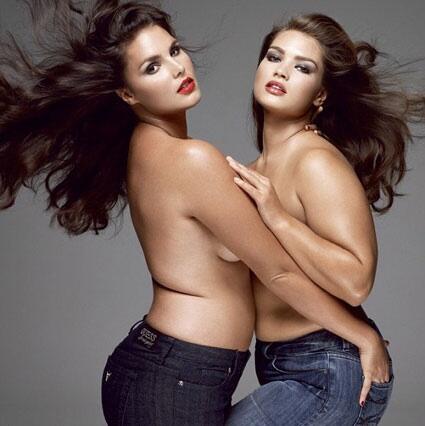
For Cartwright, plus-size models can play a significant role in changing society’s views.
“Several body image and media influence studies demonstrate that many teen girls become anorexic in an effort to emulate a particular fashion model, Hollywood star or other person they consider to be beautiful.”
“Consequently, if more curvy models are elevated to the same level of positive attention as the rail thin ones, girls will begin to get the message that being curvy is cool,” she says.
Plus-size models are starting to reshape the industry, breaking the established rules of the fashion world. Hopefully this won’t be just be a fleeting fashion trend.
Photo: uconnharassment: Abby Valdes http://t.co/DDu0dU8Z8B
— D. Samuels (@DevDSLR) October 2, 2013
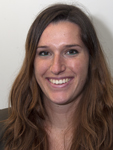 Julia Szuflak is a third-year Bachelor of Media student at La Trobe University. You can follow her on Twitter: @JuliaSzuflak.
Julia Szuflak is a third-year Bachelor of Media student at La Trobe University. You can follow her on Twitter: @JuliaSzuflak.

